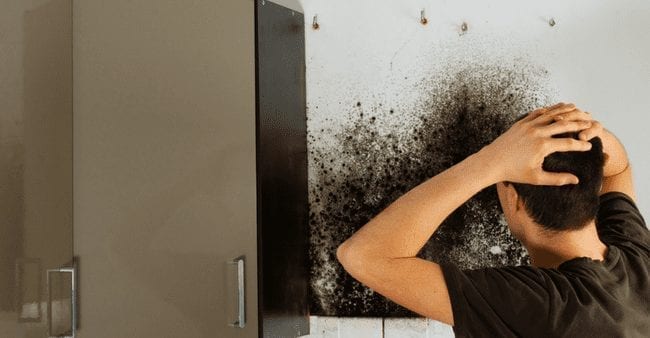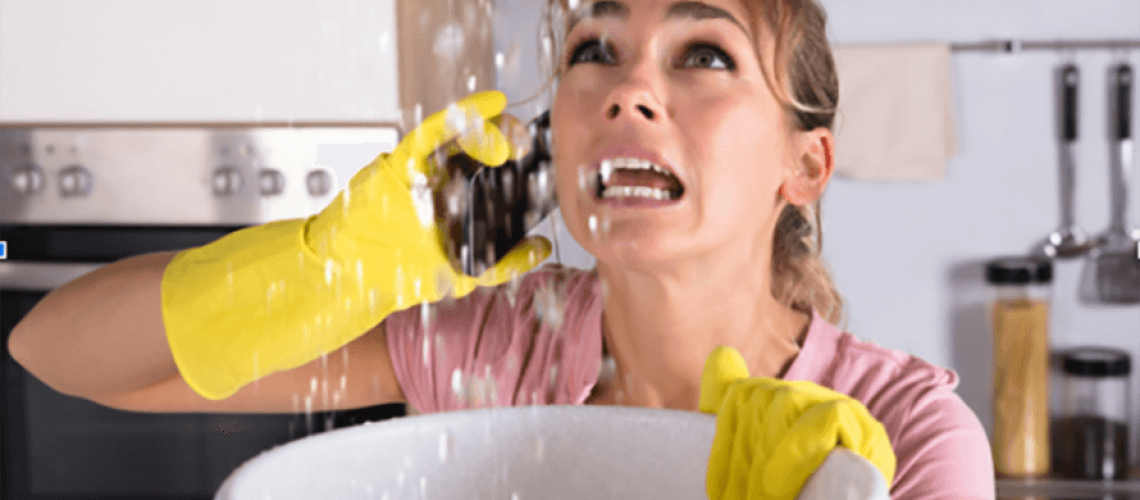Just how to Examine If Your House Has a Concealed Leak
Just how to Examine If Your House Has a Concealed Leak
Blog Article
We've come across this great article pertaining to Detecting hidden plumbing leaks listed below on the internet and decided it made sense to share it with you on this site.

Early discovery of dripping water lines can alleviate a potential calamity. Apart from saving you money, it will certainly decrease the aggravation and disappointment. The minute you locate a leak, calling your plumber for repair services is the best service. Nonetheless, some tiny water leakages may not show up. If you can not discover it with your nude eyes, right here are some hacks that help.
1. Analyze the Water Meter
Every house has a water meter. Checking it is a proven manner in which aids you discover leakages. For beginners, turn off all the water resources. Ensure no one will flush, make use of the tap, shower, run the washing maker or dishwasher. From there, most likely to the meter and also watch if it will certainly transform. Since no one is utilizing it, there should be no movements. If it relocates, that indicates a fast-moving leakage. Furthermore, if you identify no changes, wait a hr or 2 and examine back once again. This suggests you may have a slow-moving leakage that might also be underground.
2. Examine Water Intake
Assess your water expenses and track your water usage. As the one paying it, you need to see if there are any inconsistencies. If you detect sudden changes, despite your intake being the same, it suggests that you have leakages in your plumbing system. Bear in mind, your water bill should fall under the same range every month. A sudden spike in your bill indicates a fast-moving leakage.
A steady increase every month, also with the exact same practices, shows you have a slow leak that's also slowly rising. Call a plumber to extensively inspect your building, particularly if you feel a cozy area on your floor with piping below.
3. Do a Food Coloring Examination
When it comes to water consumption, 30% comes from commodes. If the color in some way infiltrates your bowl throughout that time without flushing, there's a leak in between the tank and also bowl.
4. Asses Outside Lines
Do not forget to inspect your exterior water lines also. Should water seep out of the connection, you have a loose rubber gasket. One small leak can squander heaps of water and also surge your water costs.
5. Examine and Examine the Circumstance
Homeowners should make it a practice to check under the sink counters and also inside closets for any type of bad odor or mold and mildew growth. These two red flags indicate a leak so prompt focus is called for. Doing routine assessments, even bi-annually, can save you from a major problem.
More notably, if you recognize your house is already old, keep a watchful eye on your heaters, tubes, pipelines and so on. Look for stainings as well as compromising as many devices and also pipelines have a life expectancy. They will also naturally wear away because of damage. Don't wait for it to escalate if you suspect dripping water lines in your plumbing system. Call an expert plumber today so you do not wind up with a terrible mess in your house.
Early detection of leaking water lines can mitigate a prospective calamity. Some little water leaks might not be visible. Inspecting it is a proven means that aids you uncover leakages. One tiny leakage can squander tons of water as well as increase your water expense.
If you suspect leaking water lines in your plumbing system, do not wait for it to escalate.
WARNING SIGNS OF WATER LEAKAGE BEHIND THE WALL
PERSISTENT MUSTY ODORS
As water slowly drips from a leaky pipe inside the wall, flooring and sheetrock stay damp and develop an odor similar to wet cardboard. It generates a musty smell that can help you find hidden leaks.
MOLD IN UNUSUAL AREAS
Mold usually grows in wet areas like kitchens, baths and laundry rooms. If you spot the stuff on walls or baseboards in other rooms of the house, it’s a good indicator of undetected water leaks.
STAINS THAT GROW
When mold thrives around a leaky pipe, it sometimes takes hold on the inside surface of the affected wall. A growing stain on otherwise clean sheetrock is often your sign of a hidden plumbing problem.
PEELING OR BUBBLING WALLPAPER / PAINT
This clue is easy to miss in rooms that don’t get much use. When you see wallpaper separating along seams or paint bubbling or flaking off the wall, blame sheetrock that stays wet because of an undetected leak.
BUCKLED CEILINGS AND STAINED FLOORS
If ceilings or floors in bathrooms, kitchens or laundry areas develop structural problems, don’t rule out constant damp inside the walls. Wet sheetrock can affect adjacent framing, flooring and ceilings.
https://www.servicemasterbyzaba.com/blog/how-to-detect-water-leakage-in-walls/

Do you appreciate more info about Detecting hidden plumbing leaks? Try leaving a remark below. We would be delighted to know your views about this review. In hopes that you visit us again before long. Sharing is nice. You never know, you may be doing someone a favor. Thanks so much for your time spent reading it.
Report this page